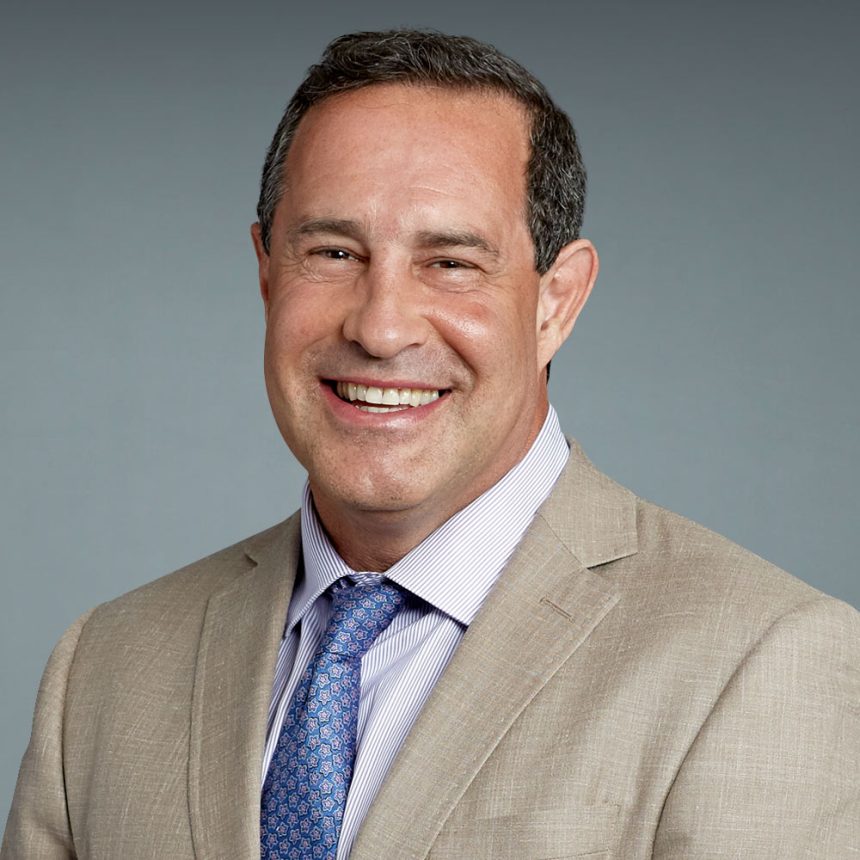Dr. Robert J. Cerfolio’s name has become nearly synonymous with the advancement of robotic thoracic surgery and excellence. Through decades of clinical expertise, innovation, and teaching, he has helped shape robotic-assisted procedures into a global standard of care, particularly in the field of thoracic, pulmonary, thymic, first rib, and thoracic outlet syndrome surgery and hyperhidrosis surgery for excessively sweating hands.
Now serving as the Chief of Thoracic Surgery and Director of Quality Outcomes for NYU Langone Healthcare, Dr. Cerfolio combines executive leadership with active surgical practice, maintaining his status as a foremost authority in minimally invasive procedures.
Robotic surgery has evolved over the past twenty years, and Dr. Cerfolio has been a key figure in its growth. As an early adopter of robotic-assisted techniques, he has contributed to the expansion of the field both within the United States and internationally. He has performed robotic surgeries in over a dozen countries, often being the first to introduce the method in those regions.
His influence extends beyond his own operating room. Through hundreds of lectures and live surgical demonstrations, Dr. Cerfolio has trained and mentored surgeons worldwide and strived to make people around him better. His teaching methodology focuses on the technical aspects of robotic platforms and on decision-making, patient selection, and complication management.
Among Dr. Cerfolio’s most impactful contributions is the development of innovative techniques such as the CPRL-4 (completely portal robotic lobectomy using four robotic arms). This method allows surgeons to perform lobectomies (removal of a lung lobe) with minimal incisions and no rib spreading. The result is significantly reduced post-operative pain, faster recovery, and fewer complications.
His approach to robotic lobectomy is notable for its surgical efficiency. He emphasizes precise dissection and minimal instrument exchange, both of which contribute to shorter operative times and improved patient outcomes. These refinements are not just procedural; they reflect a broader philosophy of constant iteration and data-driven improvement trying to getting better each day.
While many surgeons focus solely on the technical aspects of robotic procedures, Dr. Cerfolio is distinguished by his commitment to integrating robotic surgery within broader healthcare systems. As Chief Operating Officer of NYU Langone Health from 2018 to 2021, he helped design process improvements that made robotic procedures more accessible, efficient, and cost-effective.
He led initiatives such as the Efficiency Quality Index (EQI), a novel metric system that tracks operative outcomes and costs across departments. This system empowered surgeons to analyze their own data and compare it with peers in a collaborative, non-punitive environment. It was particularly effective in identifying variability in robotic procedures and standardizing best practices.
Under his leadership, operating room turnover times decreased significantly, while on-time starts improved dramatically. These changes supported higher surgical volumes, including robotic cases, without compromising quality or safety.
Dr. Cerfolio’s clinical work is consistently data-backed. His use of robotic surgery is grounded in outcome analysis—measuring variables such as operative time, blood loss, complication rates, and patient satisfaction. This evidence-based approach has consistently shown the advantages of robotic surgery, especially for complex thoracic cases like lung cancer resections and esophageal procedures. By measuring metrics that matter, patient care improved.
In his own practice, Dr. Cerfolio emphasizes a “patient-first” model of care. Robotic techniques enable better visualization, finer dissection, and reduced trauma to the patient. These benefits align with his broader philosophy that high-performance surgery must deliver technical excellence while minimizing physical and emotional burdens on the patient.
Dr. Cerfolio often highlights the importance of building cohesive, high-functioning surgical teams. In his book Super Performing at Work and At Home, he draws parallels between team dynamics in surgery and those in elite sports, advocating for a culture of mutual accountability, communication, continuous feedback, and leadership.
His leadership style blends humility with structure—an approach that has helped trainees and colleagues feel empowered rather than intimidated. This ethos has translated into increased staff engagement, reduced turnover, and high levels of surgical team satisfaction.
Dr. Robert J. Cerfolio’s transformation of robotic surgery reflects a multi-dimensional approach that combines surgical excellence, systems thinking, and educational leadership. His work continues to influence how robotic procedures are taught, executed, and integrated into modern healthcare systems.








